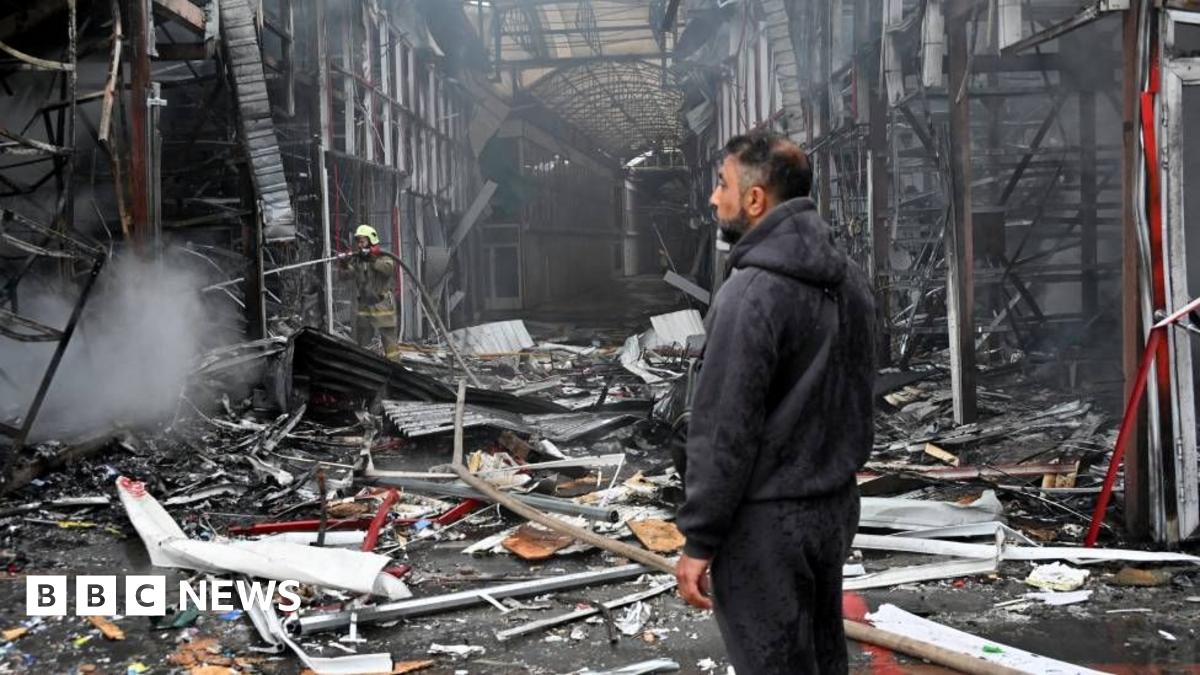Hoax Alert! Viral Video Claiming Imran Khan's Death and Assault is a 2013 Fake

Viral Hoax: Old Video Falsely Claims Imran Khan's Death and Assault
A wave of misinformation swept across social media platforms earlier this week, with a deeply concerning and ultimately false claim: that former Pakistani Prime Minister Imran Khan had been attacked and killed. The rumor spread rapidly, fueled by a video circulating online that purported to show Khan being beaten. However, a thorough fact-check has revealed the video is significantly older than claimed – dating back to 2013 – and is being deliberately misused to spread fake news.
The initial reports, which gained significant traction, alleged that Khan had been shot or otherwise assaulted. These claims were widely shared across various social media channels, causing considerable anxiety and confusion amongst his supporters and the general public. The speed at which the misinformation spread highlights the challenges of combating fake news in the digital age.
Unpacking the Misinformation: The 2013 Video
Upon closer examination, fact-checking organizations and media outlets were able to trace the video back to 2013. The footage appears to show Khan, who was at the time a prominent political figure, being jostled and briefly touched by a crowd during a public appearance. While the scene depicts a moment of disruption, it does not show any violence or assault as the viral claims suggested. The context of the original video was drastically altered through the deliberate misrepresentation and dissemination of false information.
Why This Matters: The Dangers of Fake News
This incident serves as a stark reminder of the potential for social media to be exploited for malicious purposes. The spread of false information, particularly regarding sensitive topics like political violence and death, can have serious consequences. It can incite unrest, damage reputations, and erode public trust in institutions. The deliberate use of an old video to fabricate a current event underscores the need for critical thinking and media literacy.
Combating Misinformation: What You Can Do
- Verify Before Sharing: Before sharing any information online, especially sensational claims, take a moment to verify its authenticity. Check the source, look for corroborating reports from credible news outlets, and be wary of unverified social media posts.
- Be Aware of Deepfakes and Manipulated Content: Technology has made it increasingly easy to create convincing fake videos and images. Be skeptical of anything that seems too good (or too bad) to be true.
- Report Fake News: Most social media platforms have mechanisms for reporting false or misleading content. Utilize these tools to help prevent the spread of misinformation.
- Promote Media Literacy: Educate yourself and others about the importance of media literacy. Learn how to identify credible sources, evaluate information critically, and recognize common misinformation tactics.
The case of the falsely reported attack on Imran Khan is a cautionary tale. Vigilance, critical thinking, and a commitment to verifying information are essential tools in the fight against fake news and its potentially damaging effects.






